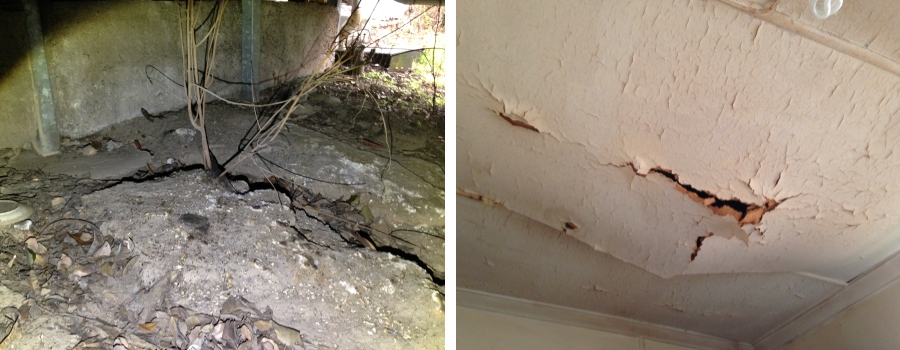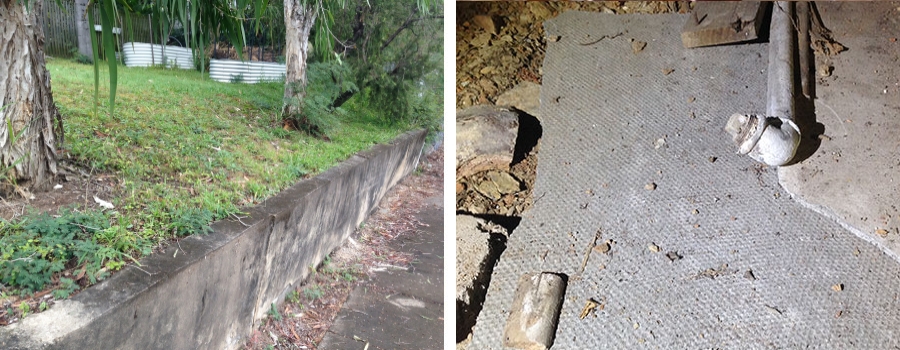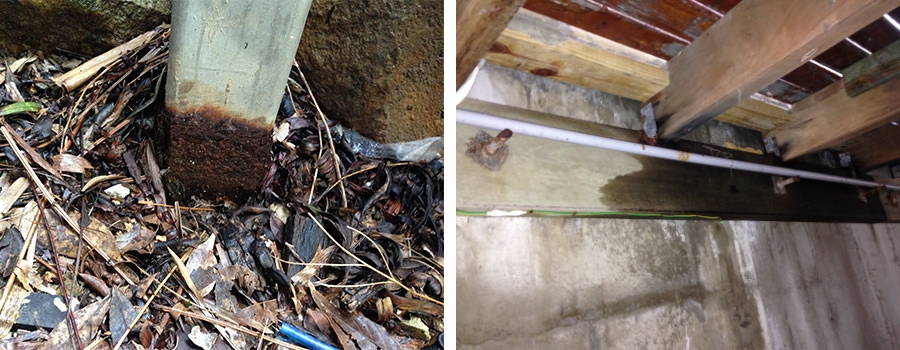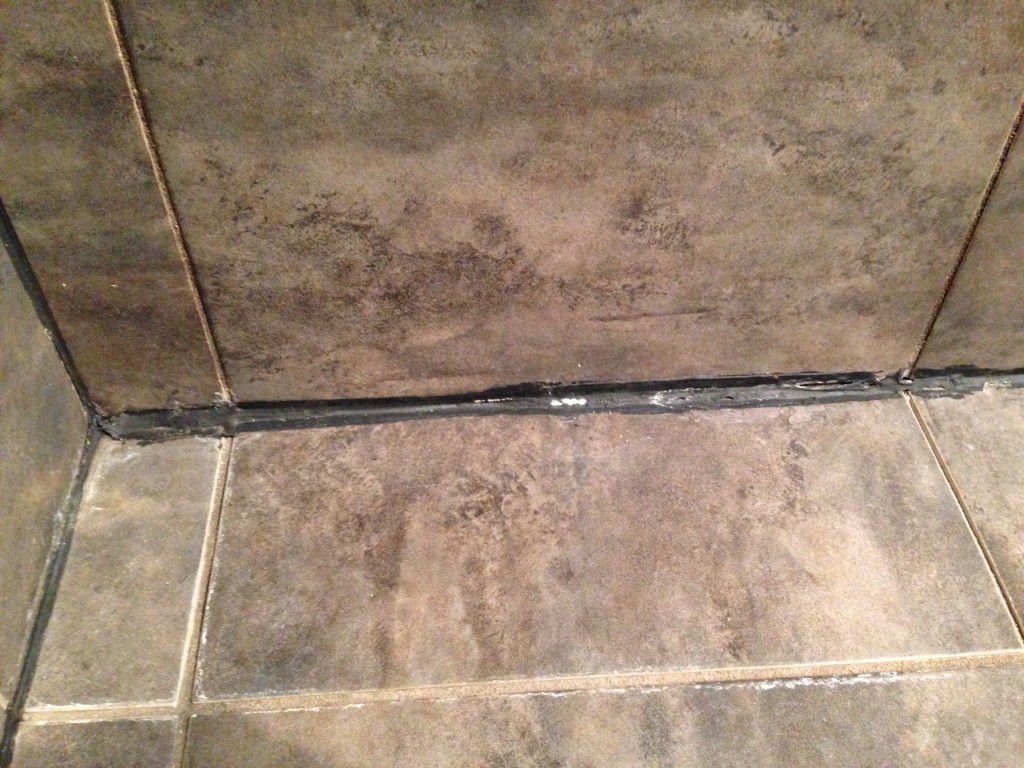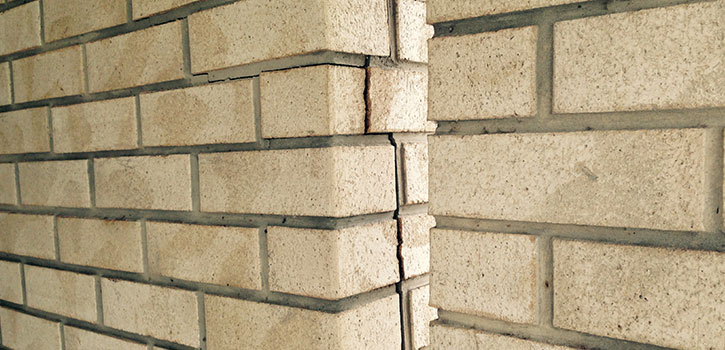Rainwater Tank Information
These became mandatory for new house approvals issued from January 2007 to supply when full, to toilets, laundry and outside taps. Minimum capacity for a house is 5,000 litres and 3,000 for a townhouse/unit etc. When empty, the diverter is activated by a switch inside the tank and this allows town water supply which vice versa activates tank water following meaningful rain.
On 1 February 2013, with a change of state government, these provisions in the Queensland Development Code were repealed and building approvals for new residences or additions issued from this date, give discretion to the owners to determine whether or not they wish to have a rainwater tank.
Where practical and if not already in place, due to changing wet weather patterns and anticipated regional and local shortages of fresh water supply, it is recommended that client(s) seriously considers having roof water storage tanks installed. Collected roof water can be used for general shared use such as garden hosing, vehicle cleaning, swimming pool tops ups etc. and where suitable, can be plumbed into existing toilet cistern(s) and washing machine facilities. To optimise roof water collection to any intended rain water tank, replacement of gutters and downpipes with a service life of more than 25 years should be considered. See also informative paragraph Item 9.4. ‘Gutters and Downpipes’. For Body Corp. complexes, this would have to be a Body Corp consideration.
Where an owner installs a rainwater tank voluntarily i.e. not part of a new building approval there is an obligation in the Public Health Regulation 2005 to provide adequate mosquito proofing and this includes mosquito proof screens or flap valves at each tank outlet and a screened downpipe rain head on each downpipe as well as other requirements. Associated guidelines can be obtained from the Department of Infrastructure and Planning website and there is a booklet ‘Guidance on the use of Rainwater Tanks’ handbook available.




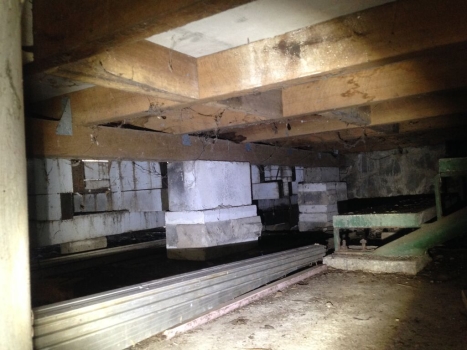

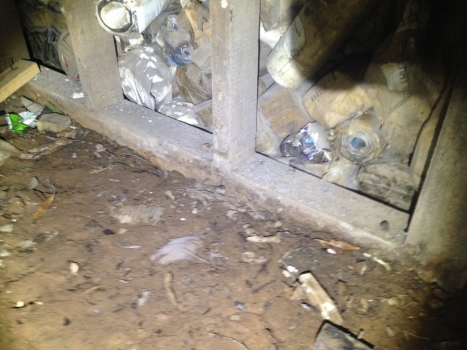
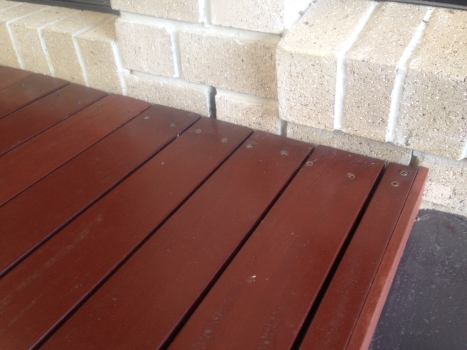
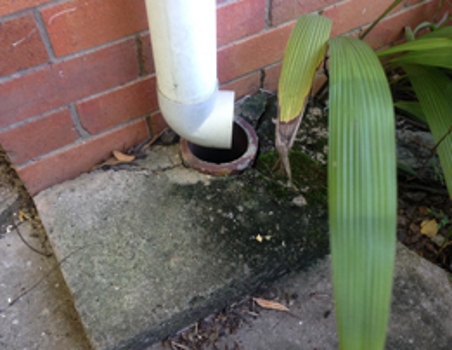 All too often during our inspections we identify areas which are conducive to the collection of retained ground moisture near a structure. Elevated moisture levels are known to provide conditions favourable to Timber Pest activity, particularly termites, and it is vital that every effort be made to avoid these risks. The most common causes of retained ground moisture are inadequate surface water drainage, downpipes not connected to drainage outlets, no gutters in place for roofing areas, outlet pipes for air conditioners, relief and overflow valves for hot water cylinders, corroding and join leakages of gutters and downpipes, defective or incomplete flashing and plumbing for rainwater tanks leaking. These are all issues which can be, and should be rectified, if they are in existence at a property.
All too often during our inspections we identify areas which are conducive to the collection of retained ground moisture near a structure. Elevated moisture levels are known to provide conditions favourable to Timber Pest activity, particularly termites, and it is vital that every effort be made to avoid these risks. The most common causes of retained ground moisture are inadequate surface water drainage, downpipes not connected to drainage outlets, no gutters in place for roofing areas, outlet pipes for air conditioners, relief and overflow valves for hot water cylinders, corroding and join leakages of gutters and downpipes, defective or incomplete flashing and plumbing for rainwater tanks leaking. These are all issues which can be, and should be rectified, if they are in existence at a property.